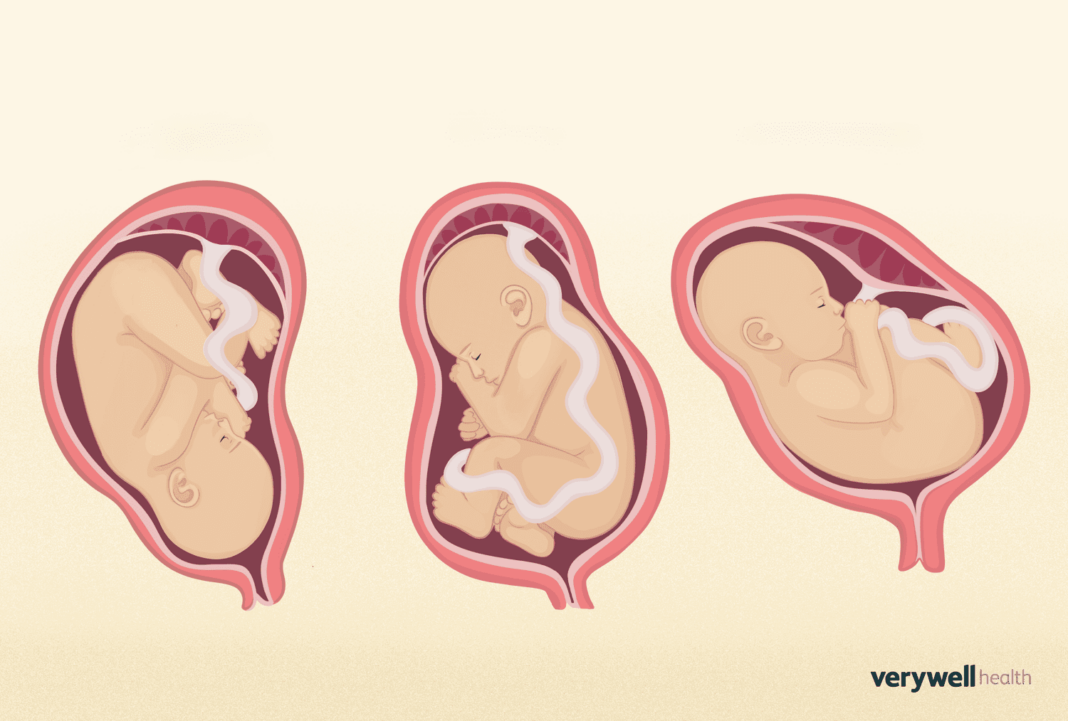Fetal Position in the Womb
Introduction
During pregnancy, the position of the baby in the womb is known as the fetal position. This is an important aspect of pregnancy as it can influence the progress of labor and delivery. Understanding the different fetal positions can help expectant mothers prepare for childbirth and alleviate any potential complications that may arise.
Types of Fetal Positions
There are several common types of fetal positions that a baby can assume in the womb. These include:
1. Vertex:
In this position, the baby’s head is down towards the mother’s pelvis, which is the ideal position for a normal vaginal delivery. Most babies naturally settle into the vertex position towards the end of pregnancy.
2. Breech:
When the baby’s buttocks or feet are positioned towards the mother’s pelvis instead of the head, it is known as a breech position. This type of position can increase the risk of complications during delivery and may require a cesarean section.
3. Transverse:
In a transverse position, the baby is lying horizontally across the mother’s abdomen, making a vaginal delivery difficult or impossible. This position may also necessitate a cesarean section for safe delivery.
Importance of Fetal Position
The baby’s position in the womb plays a crucial role in the progress of labor and delivery. A vertex position is considered optimal for a smooth and uncomplicated vaginal birth, as the baby’s head leads the way through the birth canal.
On the other hand, breech or transverse positions can lead to complications such as prolonged labor, umbilical cord prolapse, and the risk of shoulder dystocia. It is essential for healthcare providers to monitor the fetal position throughout pregnancy to address any potential issues before labor begins.
How to Encourage a Favorable Fetal Position
There are certain measures that expectant mothers can take to encourage their baby to assume a favorable fetal position for delivery. These include:
- Regular prenatal exercises and stretches to maintain pelvic mobility
- Practicing good posture to prevent the baby from settling in a breech or transverse position
- Regular visits to a chiropractor or pelvic floor specialist to ensure proper alignment
- Avoiding slouching or reclining positions that may restrict the baby’s movement
Conclusion
Understanding the fetal position in the womb is an essential aspect of pregnancy that can impact the delivery process. By being aware of the different types of fetal positions and taking proactive measures to encourage a favorable position, expectant mothers can increase their chances of a smooth and successful delivery.
FAQs
Q: Can the baby change positions during labor?
A: Yes, it is possible for the baby to change positions during labor, especially in early labor. However, most babies settle into a specific position towards the end of pregnancy.
Q: What can I do if my baby is in a breech position?
A: If your baby is in a breech position late in pregnancy, your healthcare provider may recommend techniques such as external cephalic version or a cesarean section to safely deliver the baby.
Q: How can I tell the position of my baby at home?
A: You can track your baby’s movements and kicks to get an idea of their position. However, it is essential to consult with a healthcare provider for an accurate assessment of the fetal position.




